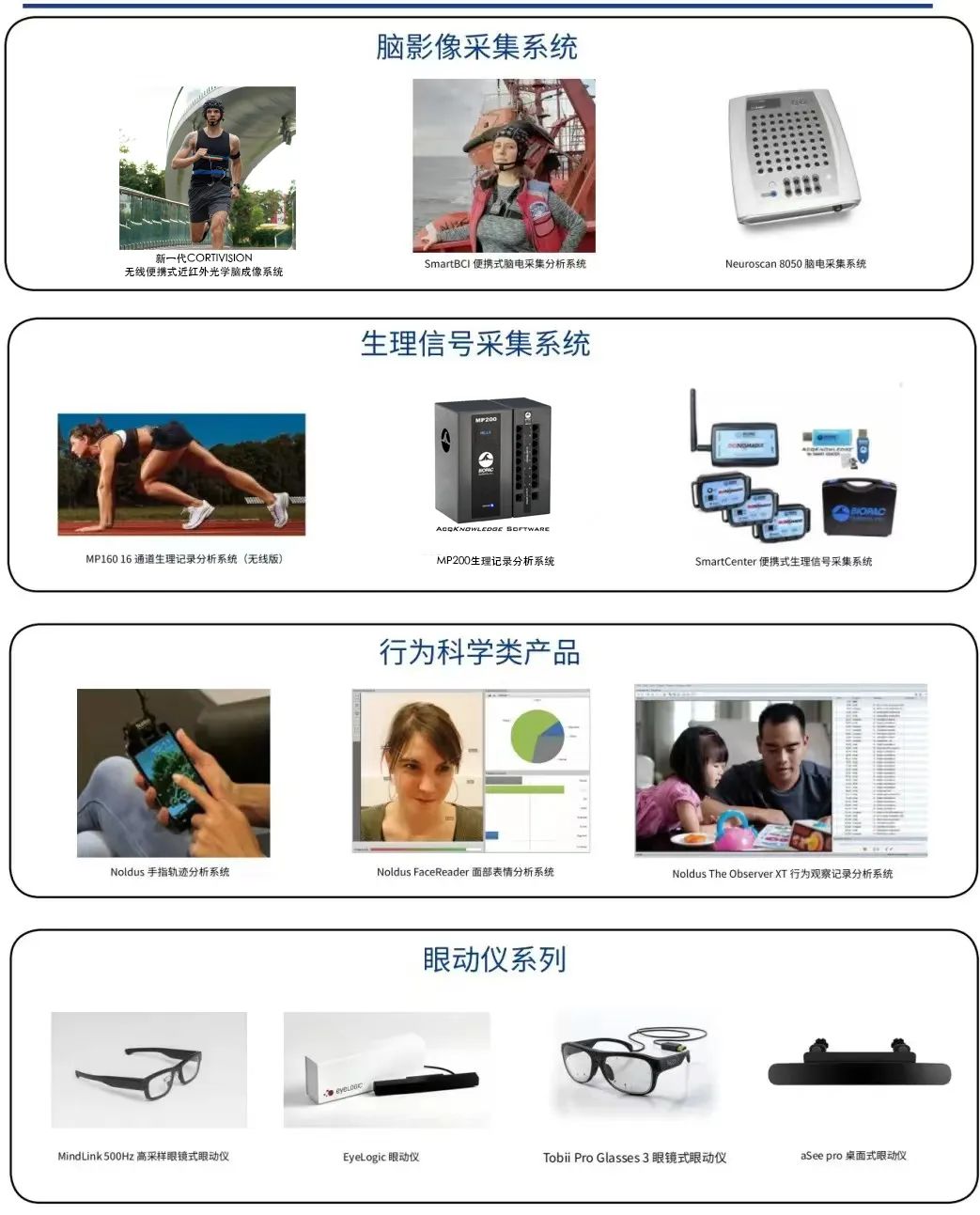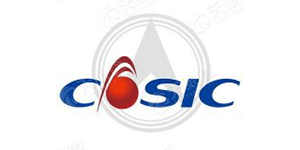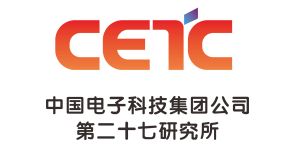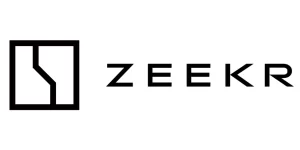![]()
![]()
Neurotechnology in the food sector
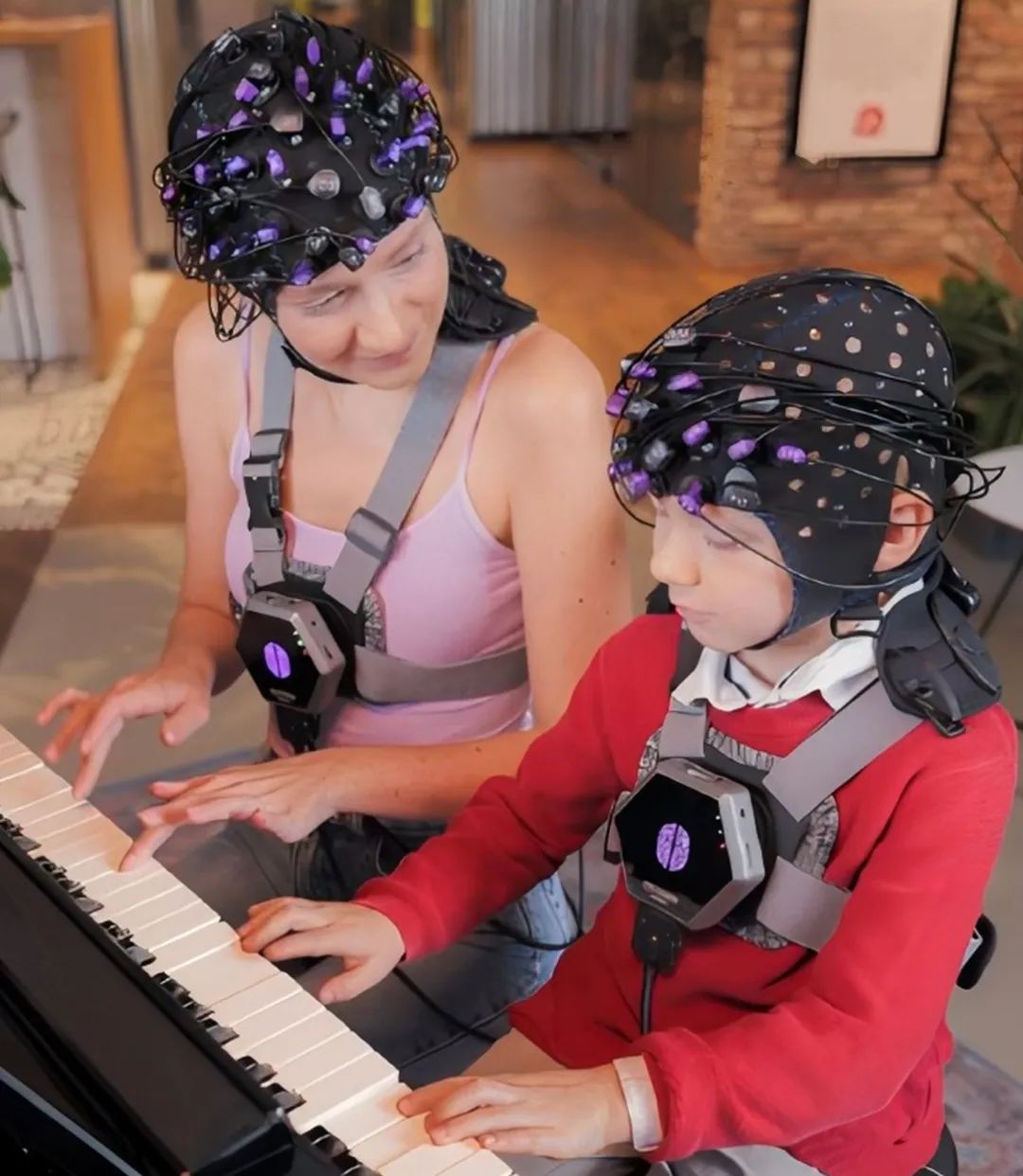

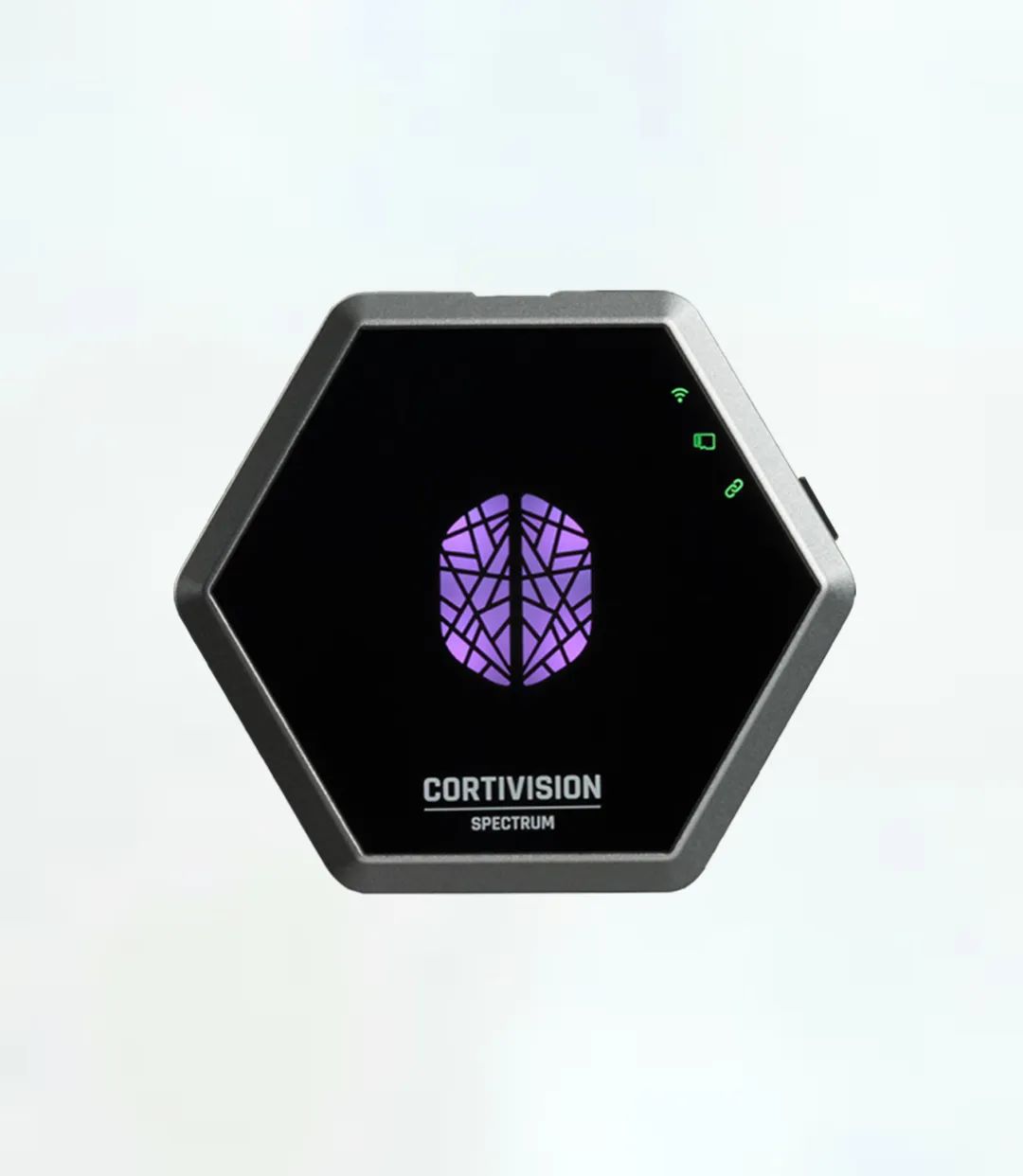

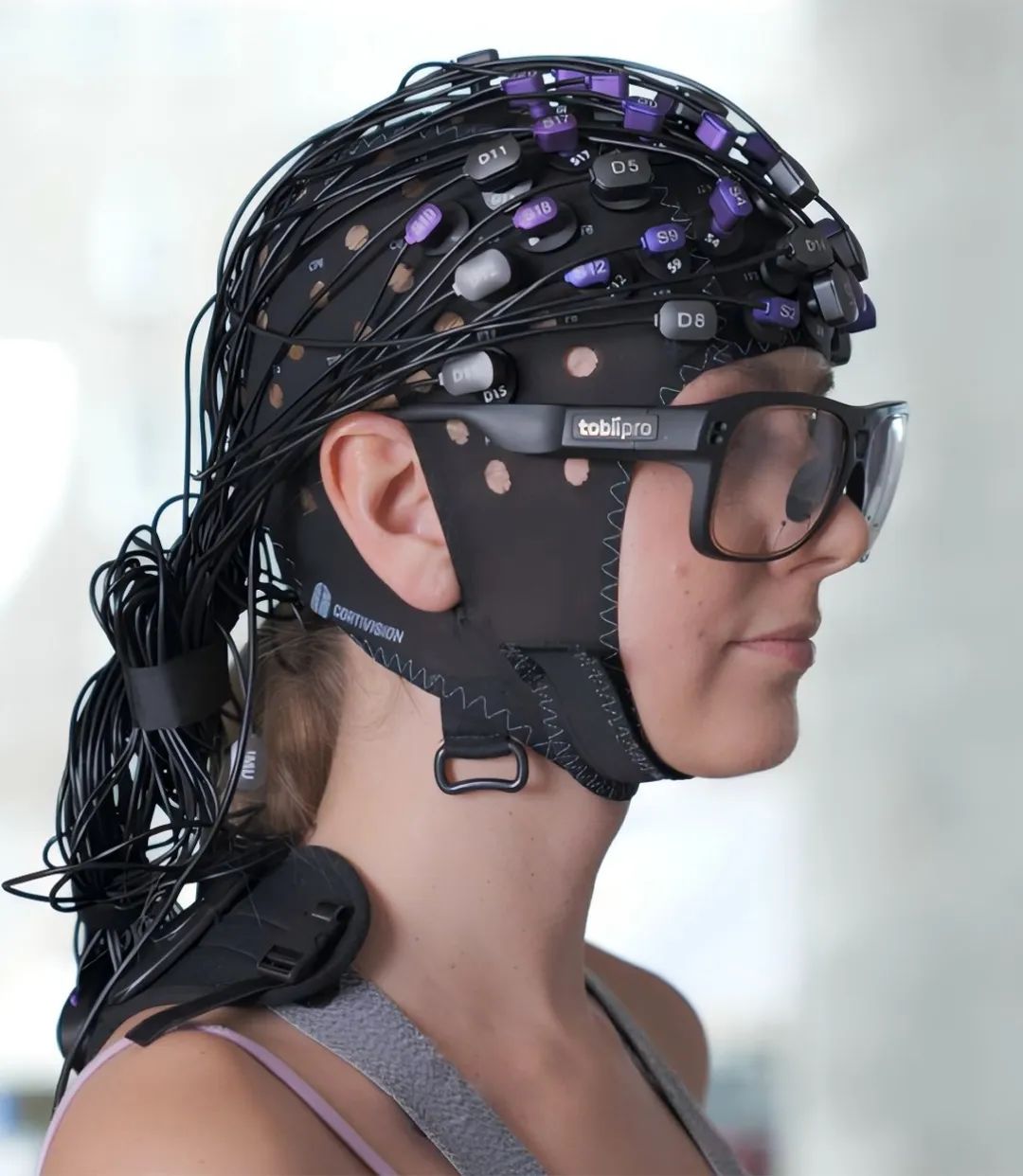

![]()
![]()
![]()
![]()
![]()
![]()
![]()
![]()
![]()
![]()
Wine label design proposals: an eye-tracking study to analyze consumers' visual attention and preferences.
Wine label design proposal: an eye-tracking study analyzing consumer visual attention and preferences
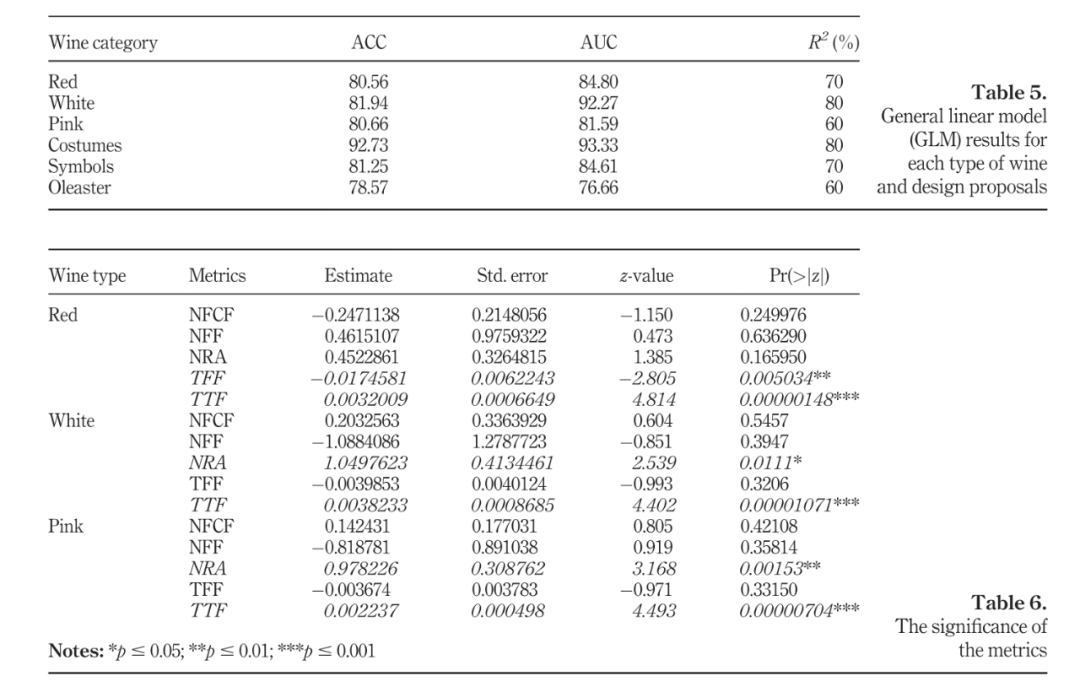

By Barbierato, E., Berti, D., Ranfagni, S., Hernández-Álvarez, L., & Bernetti, I
Periodicals:International Journal of Wine Business Research
Abstract:
The aim of this study was to analyze the correlation between consumers' visual attention to wine label designs and their preferences, and to use eye-tracking techniques to assess which design proposals are more visually salient and more marketable. The experiment involved evaluating labeling proposals from three Italian wineries and measuring consumers' eye movement behavior through infrared eye tracking technology. The results of the study found significant differences in the evaluation of design proposals and a positive correlation between lingering on a particular design and making a clear choice.
DOI:10.1108/ijwbr-06-2022-0021
Keywords:Consumer behavior; Visual attention; Neuromarketing; Eye-tracking; Wine label design
Consumer behavior; visual attention; neuromarketing; eye tracking; wine label design
Wine labels: an eye-tracking and pupillometry study.
Wine labels: eye tracking and pupillometry study
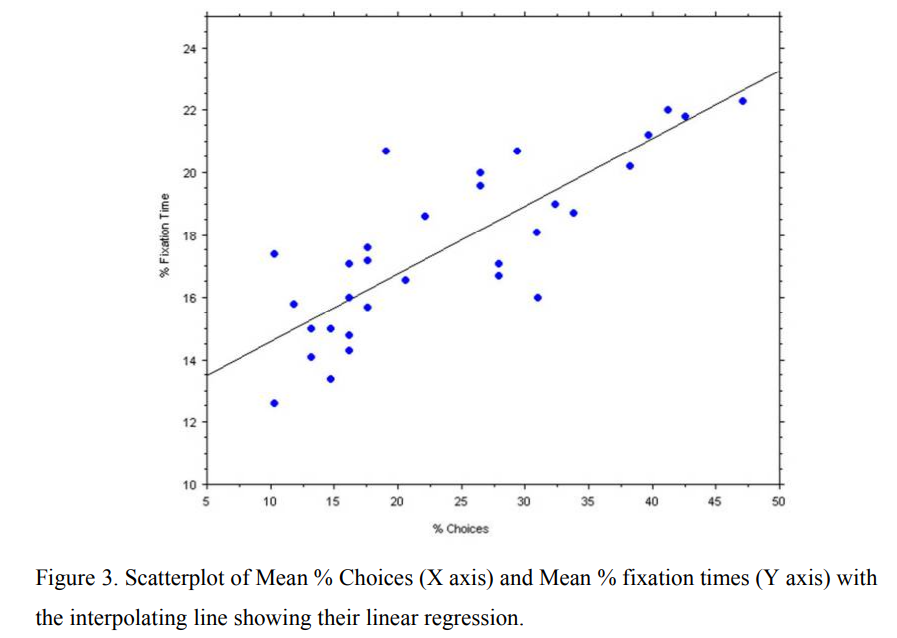

by Laeng, B., Suegami, T., & Aminihajibashi, S
Journal: International Journal of Wine Business Research
Abstract:
This paper investigates the relationship between consumers' attention to wine labels and their preferences, which was quantitatively analyzed by eye-tracking and pupillometry techniques. It was found that attention time to labels was closely related to consumers' choice preferences and willingness to pay, and that picture elements in labels attracted consumers' attention the most. Meanwhile, attractiveness scores collected from independent observers were able to predict other consumers' willingness to pay. In addition, changes in pupil size were nonlinearly related to label attractiveness, with stronger responses to the most and least attractive labels.
DOI:10.1108/ijwbr-03-2016-0009
Keywords:Italy; Packaging; Labelling; Pricing; Aesthetics; Eye-tracking; Preference; Pupillometry; Wine labels
Italy; packaging; labeling; price; aesthetics; eye tracking; preference; pupillometry; wine labeling
![]()
![]()
![]()
![]()
![]()
Functional near infrared spectroscopy
![]()
![]()
![]()
![]()
![]()
Gustatory-Visual Interaction in Human Brain Cortex: fNIRS Study.
Taste in the human cerebral cortex–Visual interactions:fNIRS explore
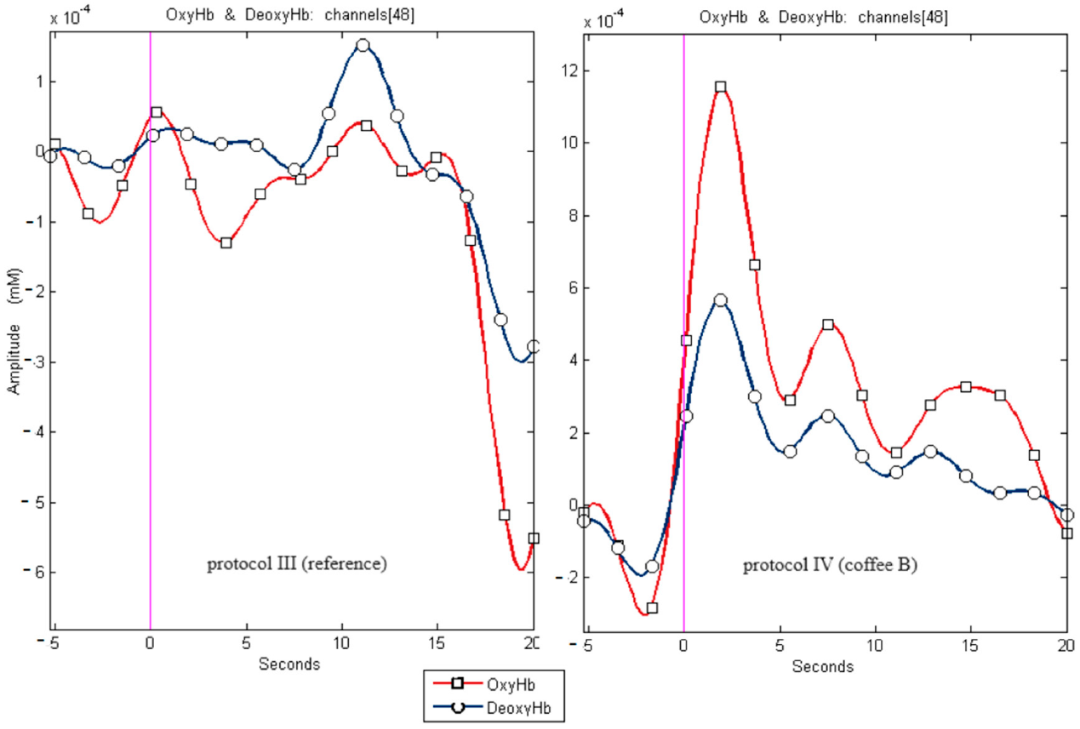

By Jezierska, K., Cymbaluk-Płoska, A., Zaleska, J., & Podraza, W
Journal: Brain Sciences
Abstract:
In this study, the effects of a gustatory stimulus (bitterness) on the visual cortex were investigated using functional near infrared spectroscopy (fNIRS) techniques. Changes in oxyhemoglobin concentration in areas of the cerebral cortex responsible for visual and taste signals were analyzed by examining 51 participants. The results of the study showed that high signals were recorded in the channels overlying the gustatory cortex and that there was a weak but statistically significant correlation between the gustatory channels and subjective bitter taste assessments when stimulated with high concentrations of coffee. At the same time, the study also found that channels overlying the visual cortex also received high signals, suggesting that gustatory stimuli can activate the visual cortex. Thus, the study concludes that there is a strong collaboration between the visual and taste senses and that this collaboration is bidirectional.
DOI:10.3390/brainsci15010092
Keywords:fNIRS; taste stimulation; human brain cortex; gustatory-visual interactionfNIRS
fNIRS;Taste stimulation; Cerebral cortex; Taste-visual interaction
![]()
![]()
![]()
![]()
![]()
Physiological ECGEDA
![]()
![]()
![]()
![]()
![]()
GThe physiologcal effects of anticipating spicy food.
Anticipated physiological effects of spicy foods
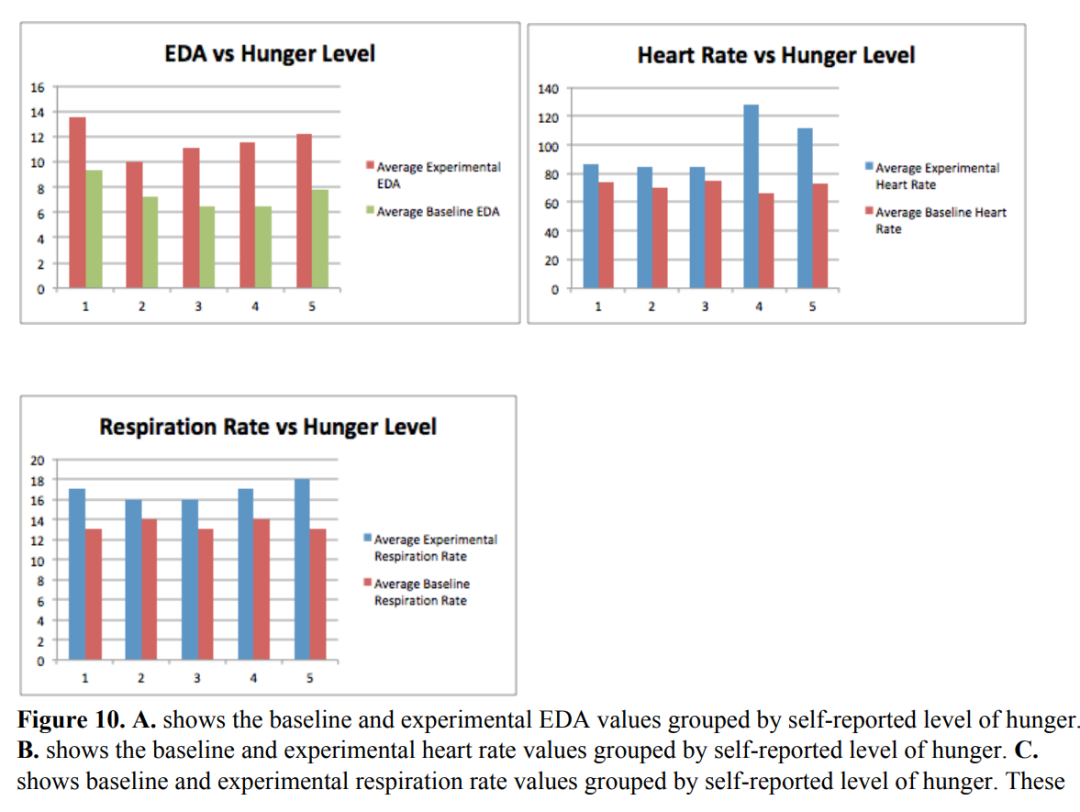

by Dulmes, E., Gasao, C., Mershon, T., Osman, I., Schraml, A., & Ravi, S
Journal of Advanced Student Sciences
Abstract:
The purpose of this study was to investigate the effects of anticipating the consumption of chili peppers of varying spiciness on heart rate, respiration, and electrical activity of the skin. The study hypothesized that these physiological indicators would increase in anticipation of consuming spicy foods. Basal physiological measurements were performed on 30 participants, with positive control measurements and recovery period measurements. During the experimental portion of the study, participants were told that they would be trying a range of chili peppers and were asked to select and "consume" the hottest chili pepper they thought they could tolerate (they did not actually consume it). At the end of the experiment, participants completed questionnaires on hunger and spice tolerance. Results showed significant differences between mean resting and experimental values for heart rate, respiratory rate, and skin conductance. In addition, a correlation was found between self-reported spice tolerance and observed physiological changes.
Literature Links:Dulmes, E., Gasao, C., Mershon, T., Osman, I., Schraml, A., & Ravi, S. (2018). The physiological effects of anticipating spicy food.
Keywords:ElectroDermal Activity (EDA); ElectroCardioGraphy (ECG); Heart Rate; Respiration; Anticipation; Sympathetic Nervous System; Spicy Stimuli
Electrical skin activity (EDA); electrocardiogram (ECG); heart rate; respiration; anticipation; sympathetic nervous system; spicy stimuli
![]()
![]()
![]()
![]()
![]()
Facial Expression Analysis
![]()
![]()
![]()
![]()
![]()
Reading food experiences from the face: effects of familiarity and branding of soy sauce on facial expressions and video-based RPPG heart rate.
The Effect of Branding on Facial Expressions and Video-Based RPPG Heart Rate
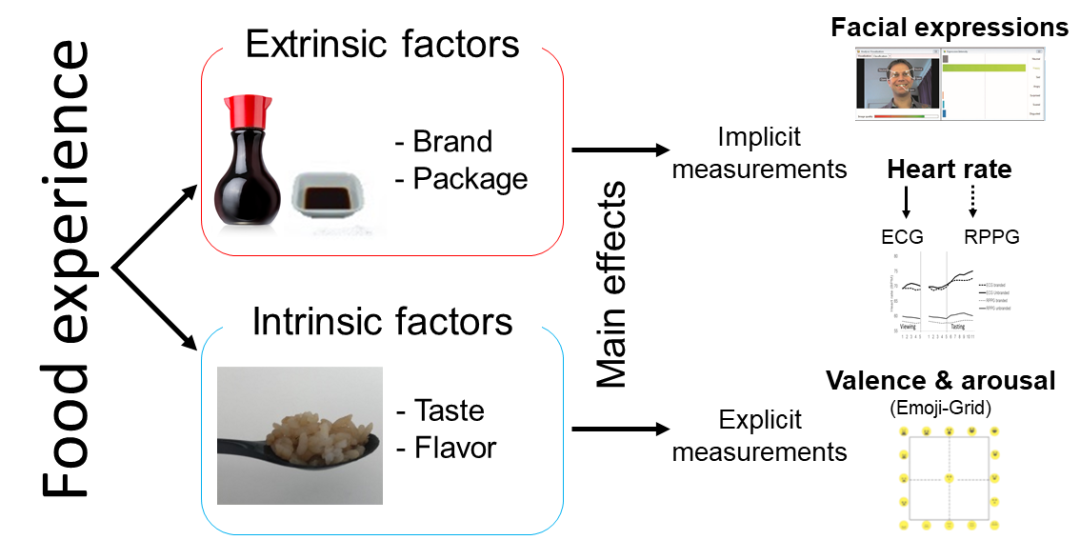

Authors: de Wijk, R. A., Ushiama, S., Ummels, M., Zimmerman, P., Kaneko, D., & Vingerhoeds, M. H
Journal: Foods
Abstract:
This study explored how food experience is influenced by intrinsic and extrinsic attributes and utilized automated facial expression analysis and remote photovoltaic volumetric pulse wave tracingRP(PG), which monitors the food experience through facial video images. The study compared the results of the video-based analysis with traditional testing methods (e.g., arousal scores and photovolumetric pulse wave tracing heart rate). Preference and arousal were found to be primarily influenced by food flavor, whereas facial expression was more influenced by brand and familiarity. both RPPG heart rate and traditional PPG were influenced by brand and familiarity, but the RPPG heart rate technology needs to be further developed. The study concludes that recording of facial expression and heart rate can be accomplished remotely via video images, providing new opportunities for large-scale testing in consumer science.
DOI:10.3390/foods10061345
Keywords:RPPG and PPG heart rate; facial expressions; emojis; branding; familiarity; soy sauce
RPPG and PPG heart rate; facial expressions; emoticons; branding; familiarity; sauce
If there is any infringement, please contact us: info@everloyal.com.cn
Company Profile



